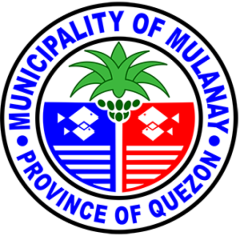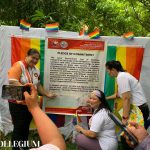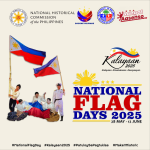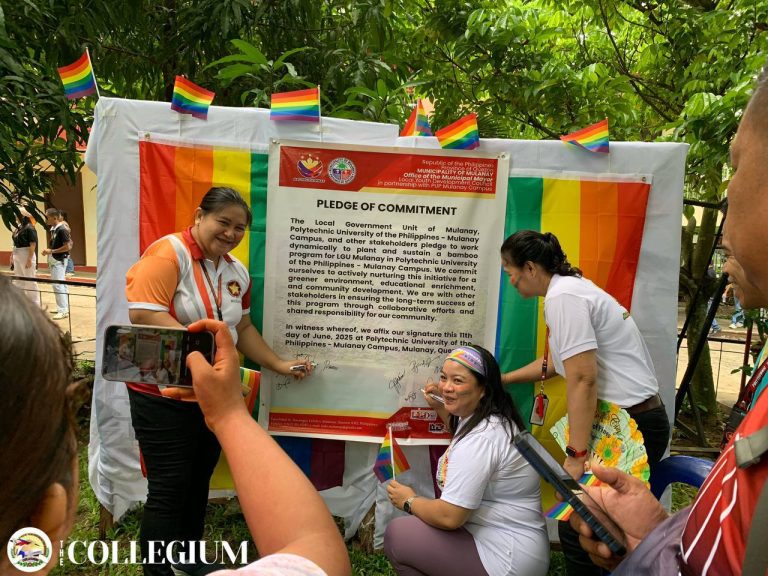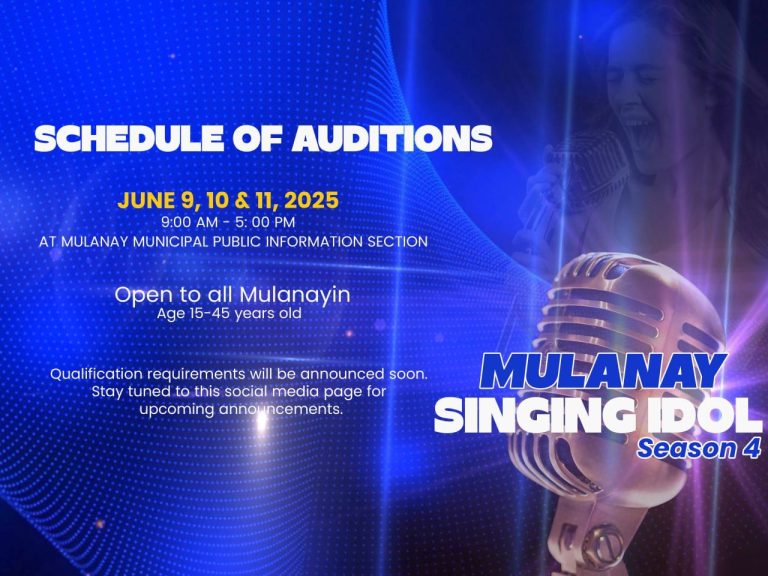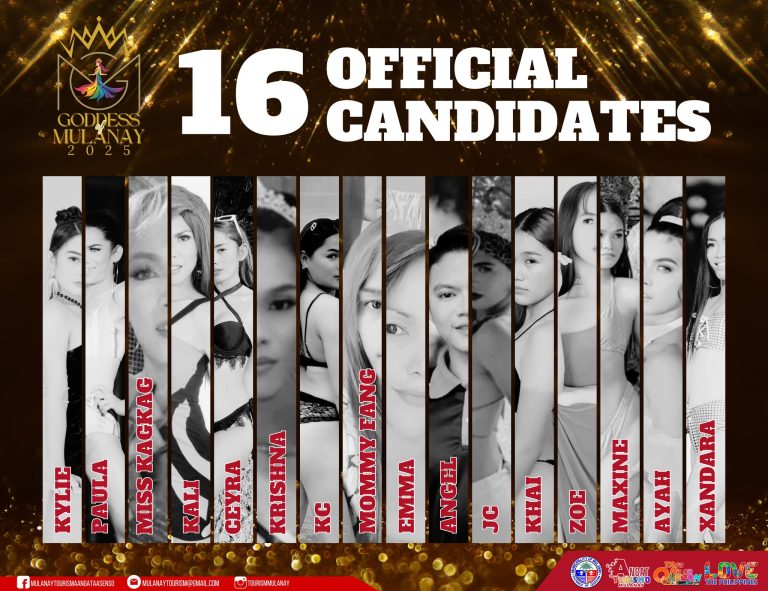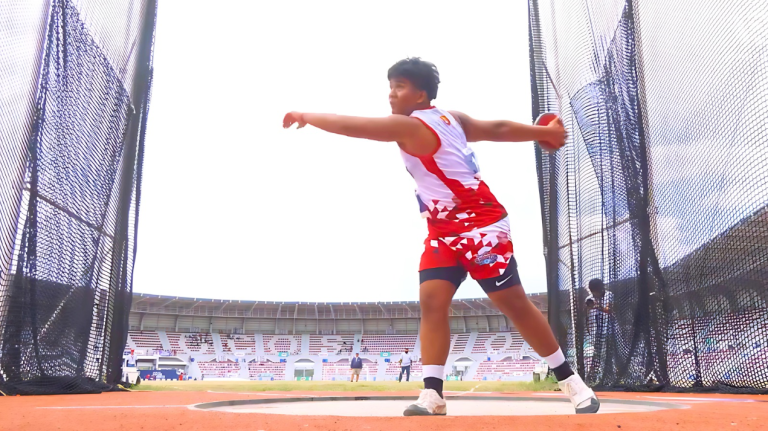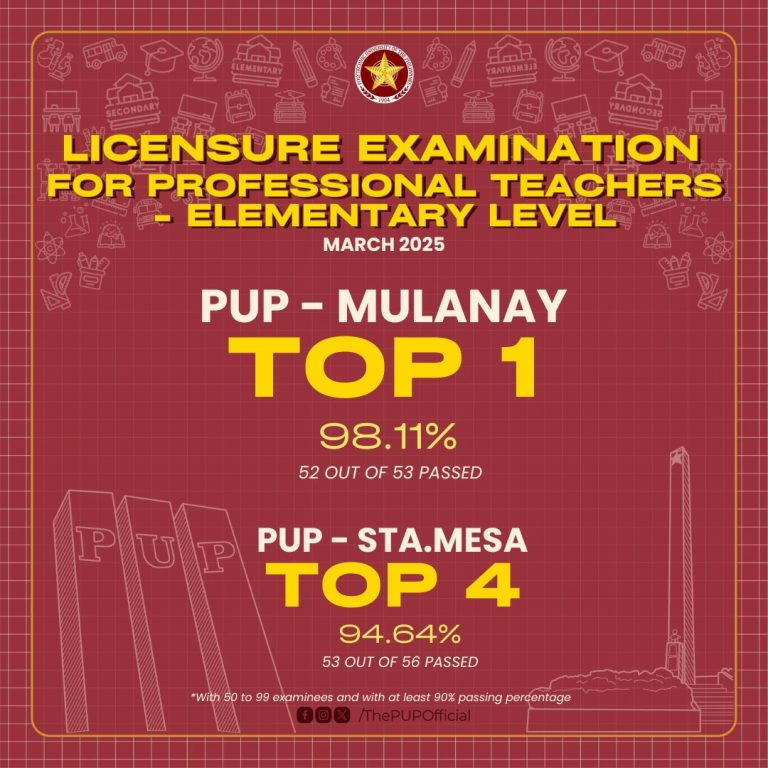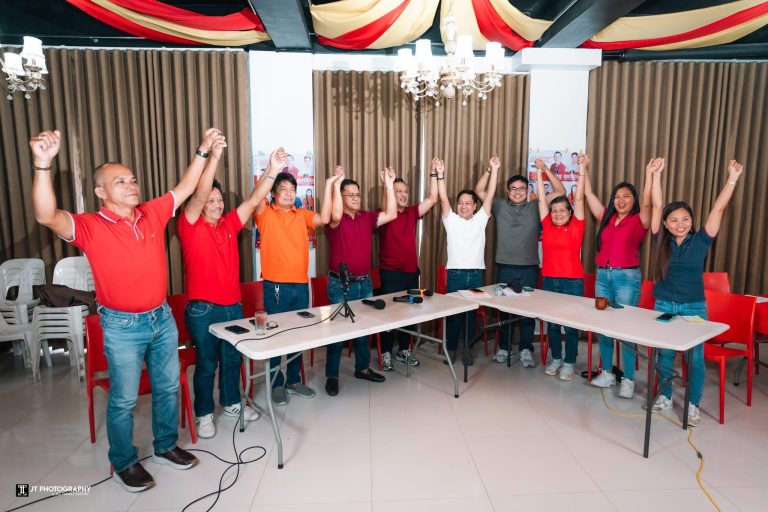The Municipality of Mulanay, located in the Bondoc Peninsula of Quezon Province, has a rich history that reflects the evolution of governance in the Philippines. The role of the municipal mayor has undergone significant changes, influenced by the country’s colonial past, periods of political transition, and modern developments. This write-up traces the historical timeline of municipal mayors in Mulanay, from the Spanish era to the present day.
Spanish Colonial Period (1565–1898)
During the Spanish era, the municipal government of Mulanay was overseen by the “gobernadorcillo,” a local leader elected from the principalia, or the town’s elite. The gobernadorcillo functioned as the equivalent of a modern municipal mayor and was responsible for maintaining peace and order, collecting taxes, and implementing Spanish decrees. These leaders were often chosen based on their influence, wealth, and loyalty to the Spanish colonial government.
The gobernadorcillo’s term usually lasted one year, and the position was ceremonial yet crucial in maintaining the Spanish colonial administrative structure. Mulanay, being a coastal town, likely relied on its gobernadorcillos to address concerns related to agriculture, trade, and maritime activities.
American Period (1898–1946)
After the Philippines transitioned to American control following the Spanish-American War, the local government structure shifted significantly. The “Municipal President” replaced the gobernadorcillo as the head of the town. The Municipal President was elected by eligible voters, reflecting the introduction of democratic principles by the American government.
During this time, Mulanay’s municipal leadership began to focus on modernization efforts, including infrastructure development, education, and public health. The term of office for Municipal Presidents was extended, and governance became more structured under the supervision of American administrators.
Japanese Occupation (1942–1945)
During World War II, governance in Mulanay was disrupted due to the Japanese occupation. Local officials, including the Municipal President, often faced difficult choices, balancing cooperation with Japanese authorities and supporting the local resistance movement. In some cases, leaders were appointed by the Japanese regime, while others were replaced or forced to go underground.
Post-World War II and the Philippine Republic (1946–1970s)
With the establishment of the Philippine Republic in 1946, the title “Municipal Mayor” officially replaced “Municipal President.” The mayor became the highest-ranking official in the local government unit, elected to serve a term of four years. In Mulanay, post-war mayors prioritized rebuilding the town’s economy, addressing the damage from the war, and enhancing local governance.
The political landscape of the 1950s and 1960s saw the rise of political families in Mulanay, as was common in many parts of the Philippines. These families often played a significant role in shaping the town’s development trajectory.
Martial Law Era (1972–1981)
Under the regime of President Ferdinand Marcos, the declaration of Martial Law in 1972 centralized power at the national level, significantly affecting local governance. During this period, mayors in towns like Mulanay operated under strict supervision from the national government. Some mayors were appointed rather than elected, aligning with the authoritarian structure of governance at the time. Despite these challenges, local officials continued to address the needs of their communities, often working under constrained circumstances.
Post-EDSA Revolution and Decentralization (1986–2000s)
The 1986 People Power Revolution marked the restoration of democracy in the Philippines. In the aftermath, the Local Government Code of 1991 was enacted, granting more autonomy to local government units, including Mulanay. This legislation allowed mayors greater control over local resources, planning, and development initiatives.
In this period, Mulanay’s mayors became more active in addressing local issues, such as agricultural development, education, health services, and infrastructure improvement. The decentralization also encouraged greater citizen participation in governance.
Contemporary Era (2000s to Present)
Today, the Municipal Mayor of Mulanay serves as the chief executive of the municipality, with a term of three years, renewable for up to three consecutive terms. Modern mayors face diverse challenges, including disaster risk management, environmental conservation, and sustainable development.
Mulanay’s leaders have embraced technology and innovation to improve public service delivery. Recent administrations have focused on initiatives that highlight the municipality’s agricultural and ecological resources, ensuring that the town remains resilient and progressive in the face of modern challenges.

ALCALDE MAYOR EUSTAQUIO MANLANGIT
Term-Year: Spanish Year

ATANACIO OJEDA
First Town Mayor During American Occupation
Term-Year: 1901 – 1903

FLORENTINO LOVERIA
Term-Year: 1901 – 1905
Status: Elected

PRESIDENT SANCHO TESALONA
Term-Year: 1910 – 1912
Status: Elected

PRESIDENT FORTUNATO NAŇADIEGO
Term-Year: 1913 – 1916; 1917 – 1920;
1921 – 1924; 1925 – 1928;
1929 – 1932
Status: Elected

JOSE TESALONA
Term-Year: 1933 – 1934
Status: Elected

MAYOR DEOGRACIAS EDAŇO
Term-Year: 1932 – 1935
Status: Elected

DANIEL PARDILLA
Term-Year: 1936 – 1939
Status: Elected

MAYOR TEODOCIO A. DIAZ
(1st Municipal Mayor under the Philippine Republic, Founder of the Liberal Party)
Term-Year: 1946 – 1947
Status: Appointed

MAYOR PEDRO OLVEDA
Term-Year: 1956 – 1959
Status: Elected

MAYOR MAURO BARIATA
Term-Year: 1964 – 1967 Status: Elected

MAYOR ALFARO C. AGUIRRE
Term-Year: 1968 – 1971 Status: Elected

MAYOR FELIPE R. MAAS
Term-Year: 1972 – April 1979 Status: Elected

MAYOR MARIANO A. MORALES, JR.
Term-Year: Apr. 3, 1979 – Dec. 1979;
Jan. 1980 – Apr. 8, 1986
Feb. 26, 1987 – Dec. 1, 1987;
Feb. 2, 1988 – Mar. 31, 1992
Status: Appointed; Elected

OIC ALFARO C. AGUIRRE
Term-Year: Apr. 8, 1986 – Feb. 6, 1987
Status: Appointed

OIC MELITON O. BARONIA
Term-Year: Feb. 9, 1987 – Feb. 16, 1987
Status: Appointed

OIC FIDEL N. AGUIRRE
Term-Year: Feb. 16, 1987 – Mar. 25, 1987 Status: Appointed

OIC Dra. SALUD A. LUALHATI
Term-Year: Dec. 2, 1987 – Feb. 2, 1988
Status: Appointed

OIC SALVADOR O. ROSALES
Term-Year: Apr. 1, 1992 – June 30, 1992
Status: Appointed

MAYOR PRUDENCIO M. MAXINO, JR.
Term-Year: July 1, 2001 – June 2010
Status: Elected

MAYOR JOSELITO A. OJEDA
Term-Year: July 1, 1992 – June 30, 1995;
July 6, 1995 – June 30, 1998;
July 1, 1998 – June 30, 2001;
July 1, 2010 – June 30, 2013;
July 1, 2013 – June 30, 2016;
July 1, 2016 – June 30, 2019;
Status: Elected

MAYOR JAY TITO Q. OJEDA
Term-Year: July 1, 2019 – June 30, 2022
Status: Elected

MAYOR ARISTOTLE L. AGUIRRE
Term-Year: July 1, 2022 – Present
Status: Elected

